In tech years, a decade is a geological epoch, and Apple Music is celebrating its 10th anniversary by doing something more audacious than just cutting a cake. They're unveiling a massive, state-of-the-art creative campus in Los Angeles. This isn't just another recording studio but in fact, it's a statement of intent, a brick-and-mortar doubling down on the philosophy that got them here.
A decade of Apple Music
How it won by treating music, like music!
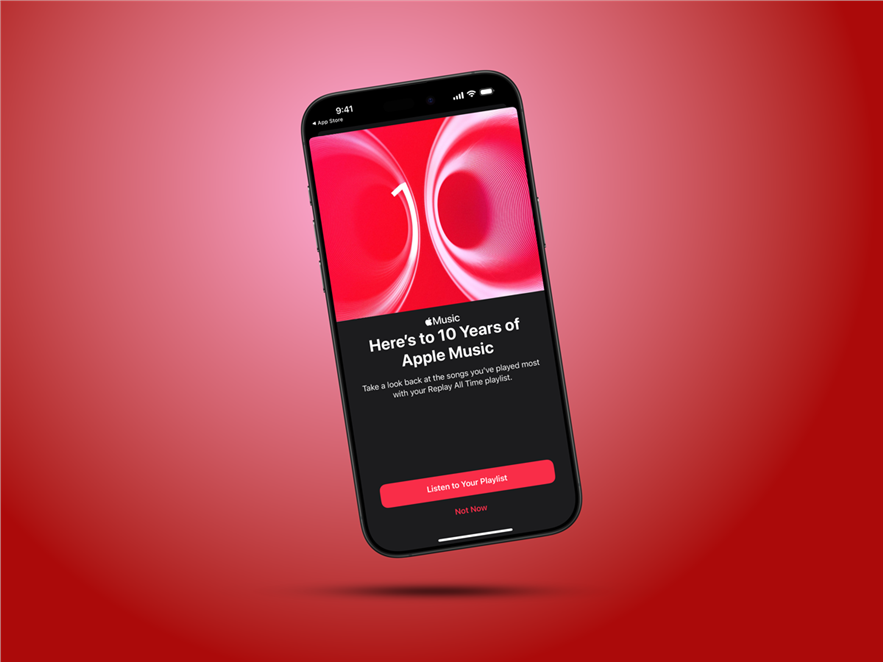

Ten years ago, the streaming world was the wild west, with too many services treating music like a disposable commodity with bit rates, compression, UX and algorithms that made a wind-up jukebox seem smarter. Then Apple Music waded in, armed with a deceptively simple philosophy of treating music like art again. As it hits the big 1-0, it’s clear that this approach, backed by a killer user experience, wasn't just noble, but a winning strategy.
It's the Interface, honestly
In a market saturated with options, Apple Music’s knockout punch has always been its user interface. It is, for my money, the cleanest and most intuitive platform out there. It gets out of the way and lets the music and the artwork shine, making discovery feel like happily crate-digging in a great record store, not swiping through a digital bargain bin. Not to mention it brought true Hi-Res Lossless and Spatial Audio to the mainstream, at no extra premium! Very generous of Apple indeed.
Is it the be-all and end-all for every music obsessive? Not quite. If you’re a dyed-in-the-wool audiophile who needs to know the lead guitarist's star sign, there's Roon. It offers a glorious deep-dive into metadata, but it’s a gilded cage, limited to your personal collection and carrying a hefty price tag. Then there's Tidal, which promises sonic nirvana for a premium, but frankly, offers a quality jump that most human ears (and budgets) won't register, with a far less impressive Dolby Atmos library. Apple Music nails the sweet spot, delivering a premium feel for everyone. With plans from a reasonable ₹119 a month and no audio engineering degree required.
Hi-Fi for the people
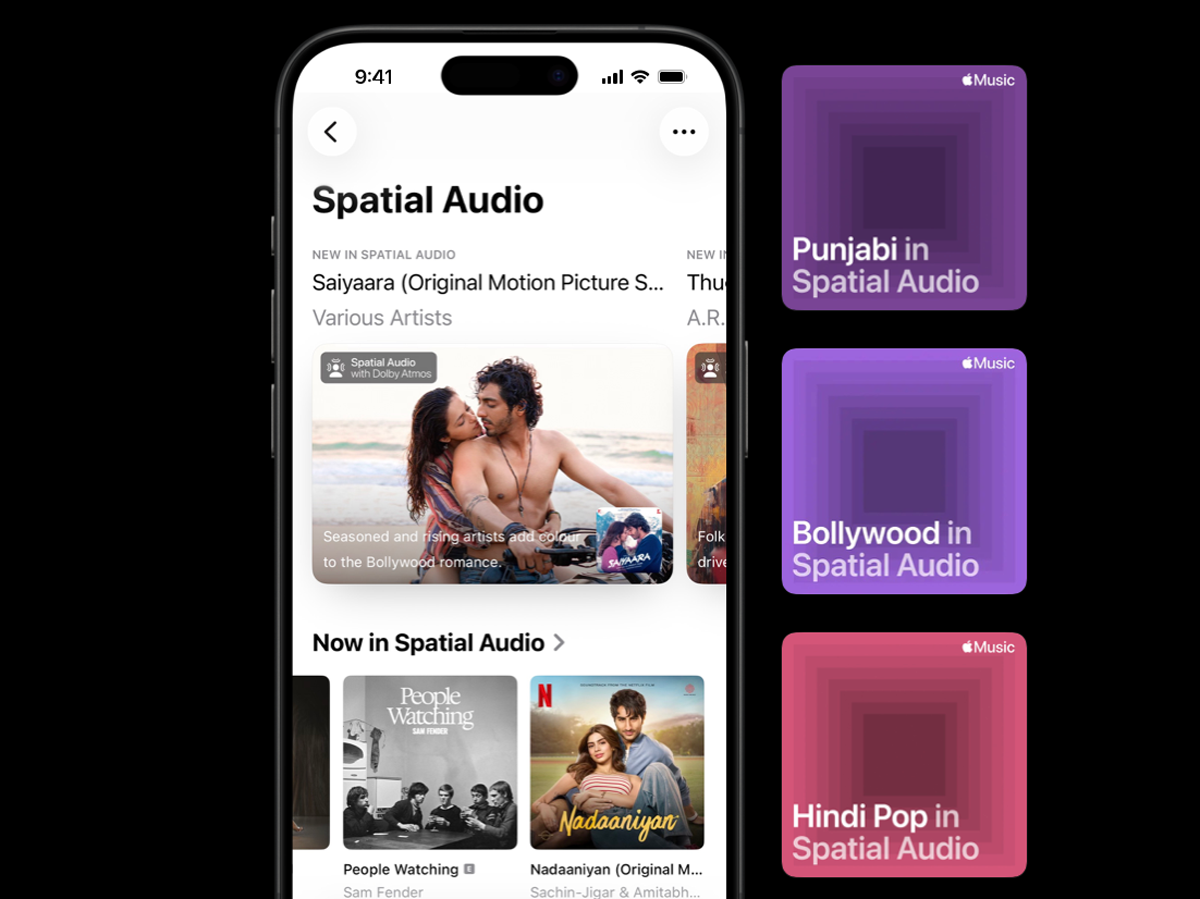
For years, high-fidelity audio was a walled garden for a niche crowd. Apple Music’s masterstroke was tearing down that wall. By making Lossless and Spatial Audio standard features at no extra cost, it democratized quality sound overnight. It was a power move, and they're still building on it. On our reference system here, playing Dolby Atmos tracks on Apple Music via its Apple TV app opens up a dimension that is just not possible on headphones. A lot of the listening experience lies in the hands of the mixing engineer’s sensibilities but more often than not, Spatial Audio proves to be an incredibly immersive experience if played back on a system capable of getting it right.
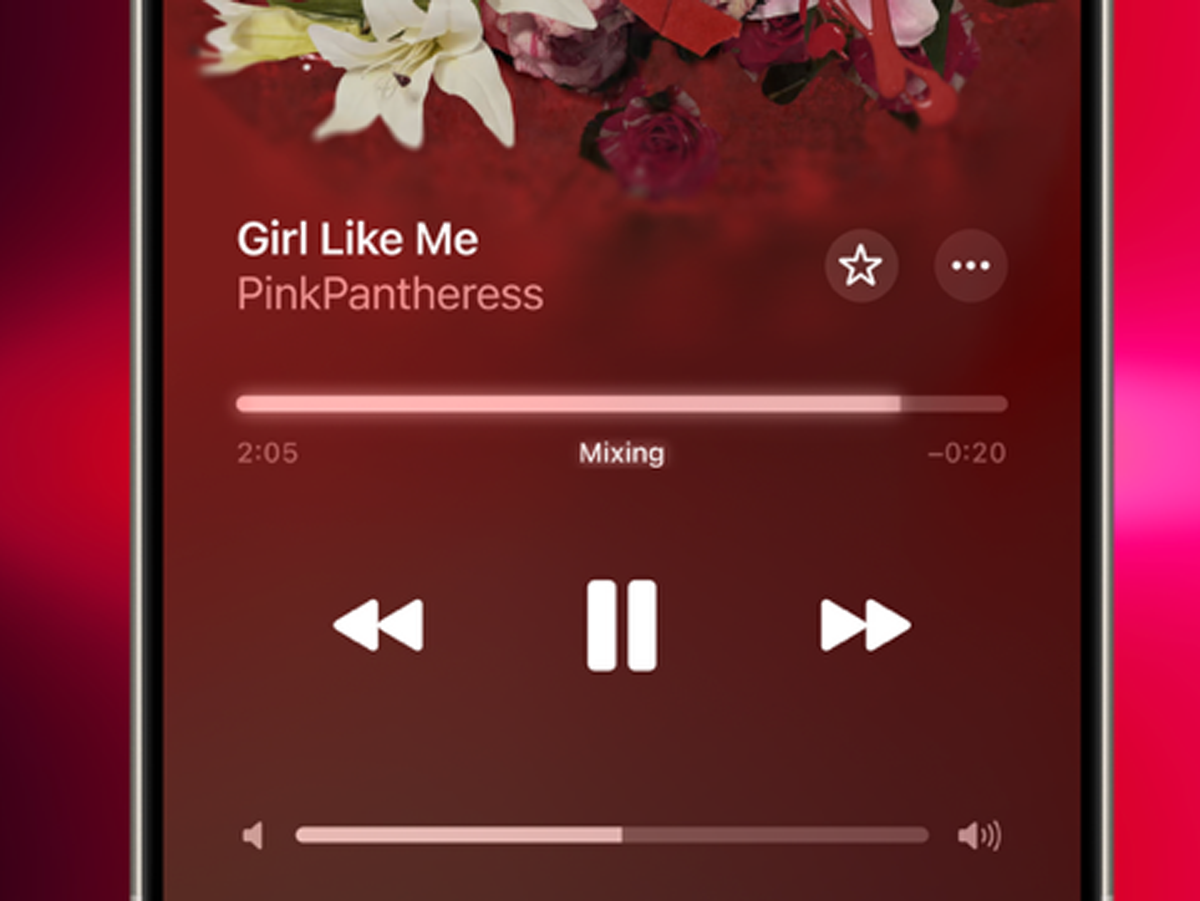
Now, with the latest updates, they’re just showing off. AutoMix turns your playlists into a seamless DJ set, eliminating those jarring silent gaps. It uses AI to analyse the music and mix one song into another. It’s like your own personal DJ on your iPhone! The “Mixing” icon blinks while it’s finding the right moment to blend into the next track and the album artwork fades into the next track correspondingly. So very Apple in its execution. It doesn’t work on every album or track genre, though and some Dj mixes are excluded from being included in this playback style as well.
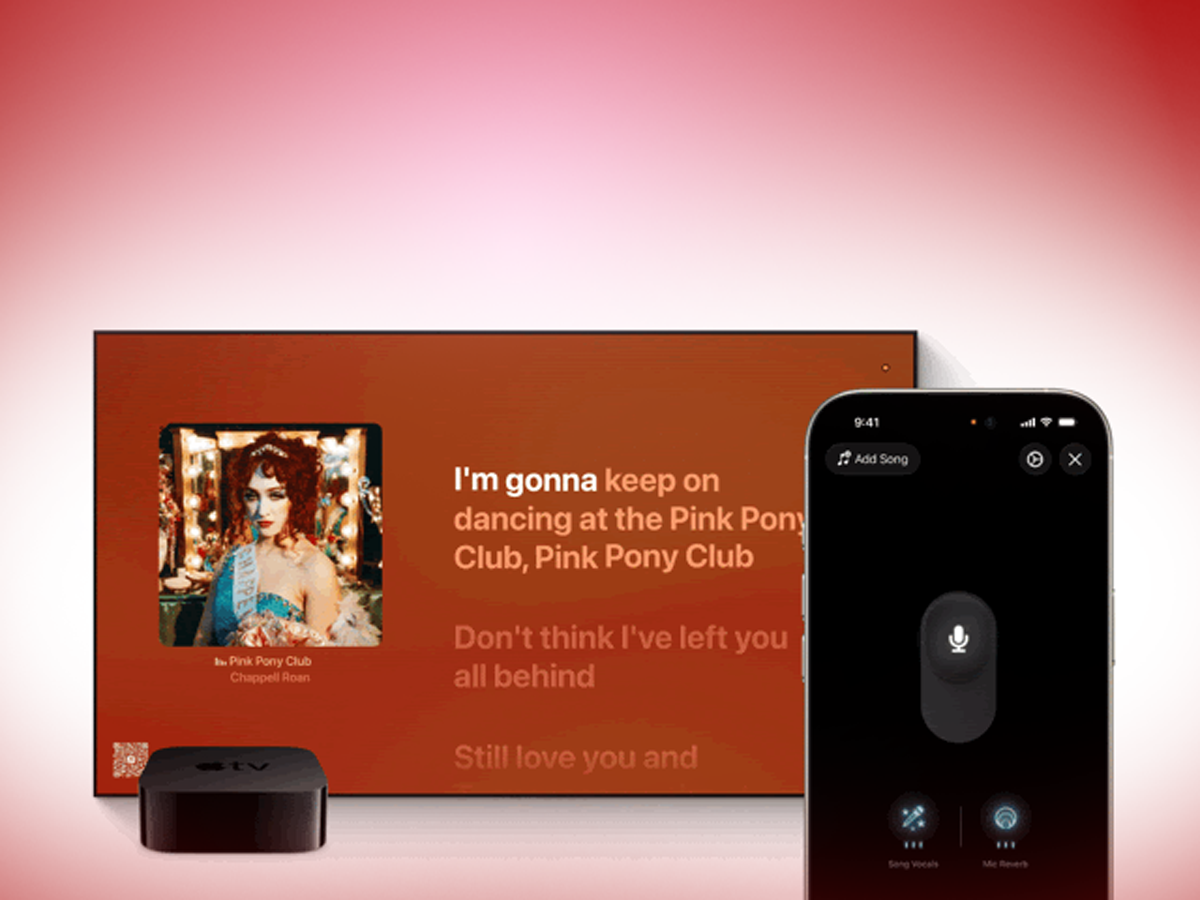
Lyrics Translation and Pronunciation finally let you sing along to that K-Pop banger with confidence. You can even use your iPhone’s microphone and sync it with the Apple Music app on Apple TV to turn any room and track into a Karaoke dive bar with stunning echo and reaction effects. These aren't just features; they're thoughtful enhancements that prove Apple sees listening as an active, joyful experience.
A masterclass in going desi
Nowhere is Apple's smarts more obvious than in India. Instead of just dropping a generic global app, they did their homework. They’ve built a treasure trove of playlists that actually get the local vibe, from Bollywood essentials to a one-of-a-kind "Shaadi Mubarak" collection that perfectly soundtracks the glorious chaos of the Great Indian Wedding. The artwork denoting these curations are as colourful and vibrant as the typical Made-In-India wedding too.
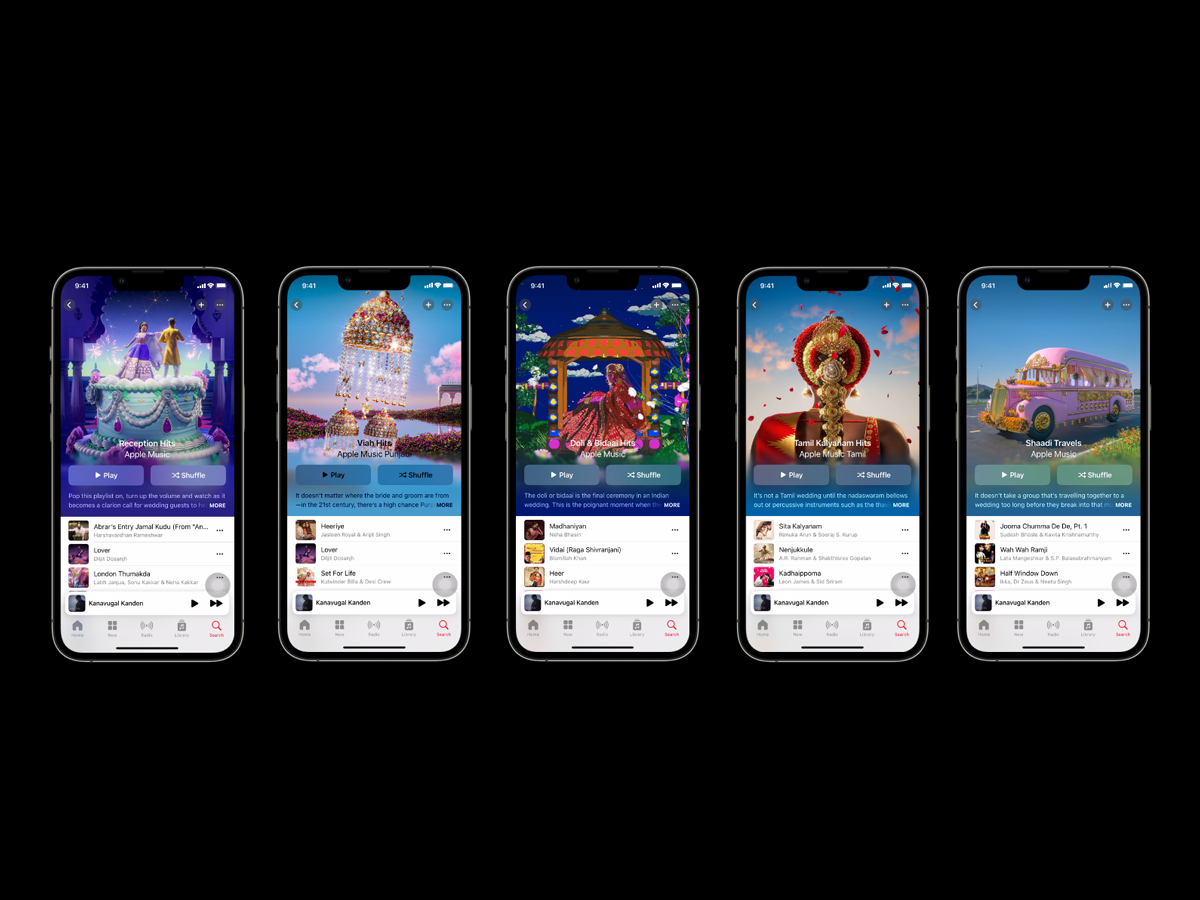
This local-first mindset extends to the artists. Through Up Next India, they were putting a spotlight on talents like Hanumankind and Seedhe Maut well before they blew up, proving they have an ear to the ground, not just an eye on the algorithm. They give artists a global platform on Apple Music Radio and a physical stage in Mumbai. As singer Armaan Malik puts it, the platform helped his music cut "across demographics, cultures, and borders." Or as Jonita Gandhi says, it’s how her songs "find their way to people who truly listen." In a world drowning in content, that simple act of listening feels like a quiet revolution. A decade in, Apple Music’s bet on artistry is still paying off, for everyone.
.jpg&w=35&h=35&q=70&c=1)